en
/english
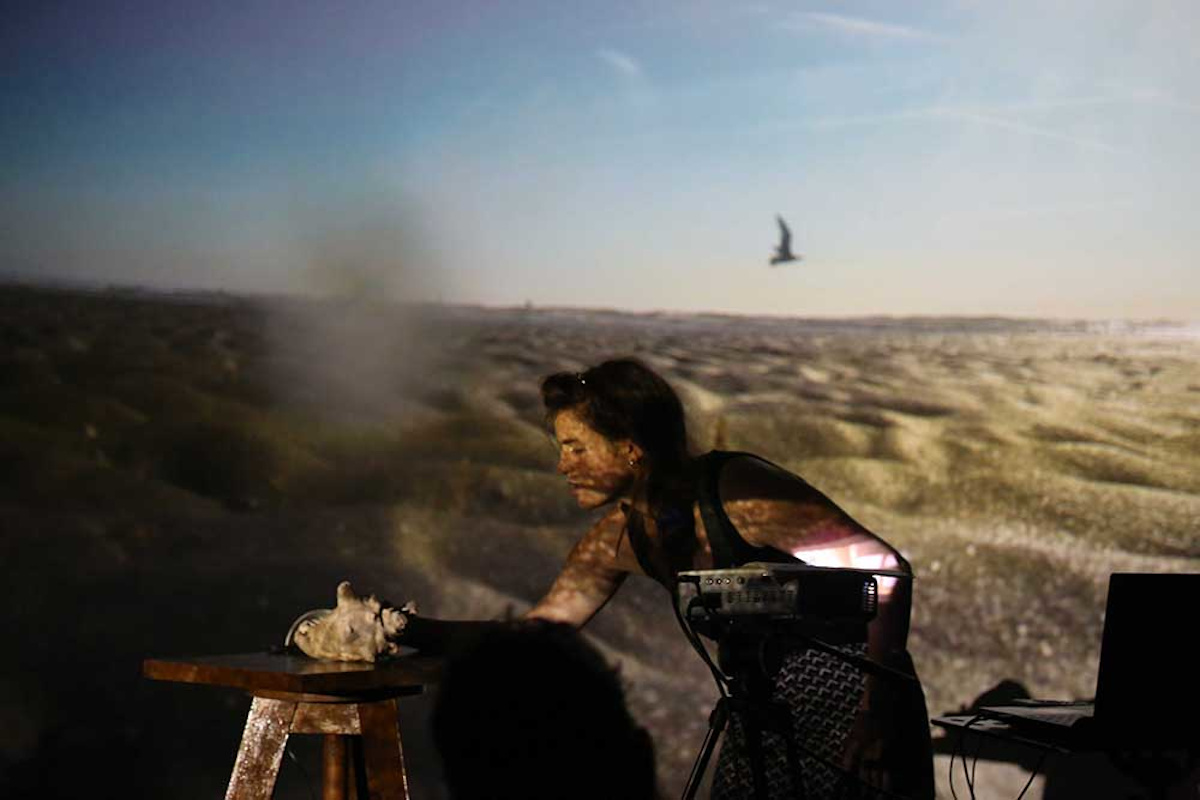
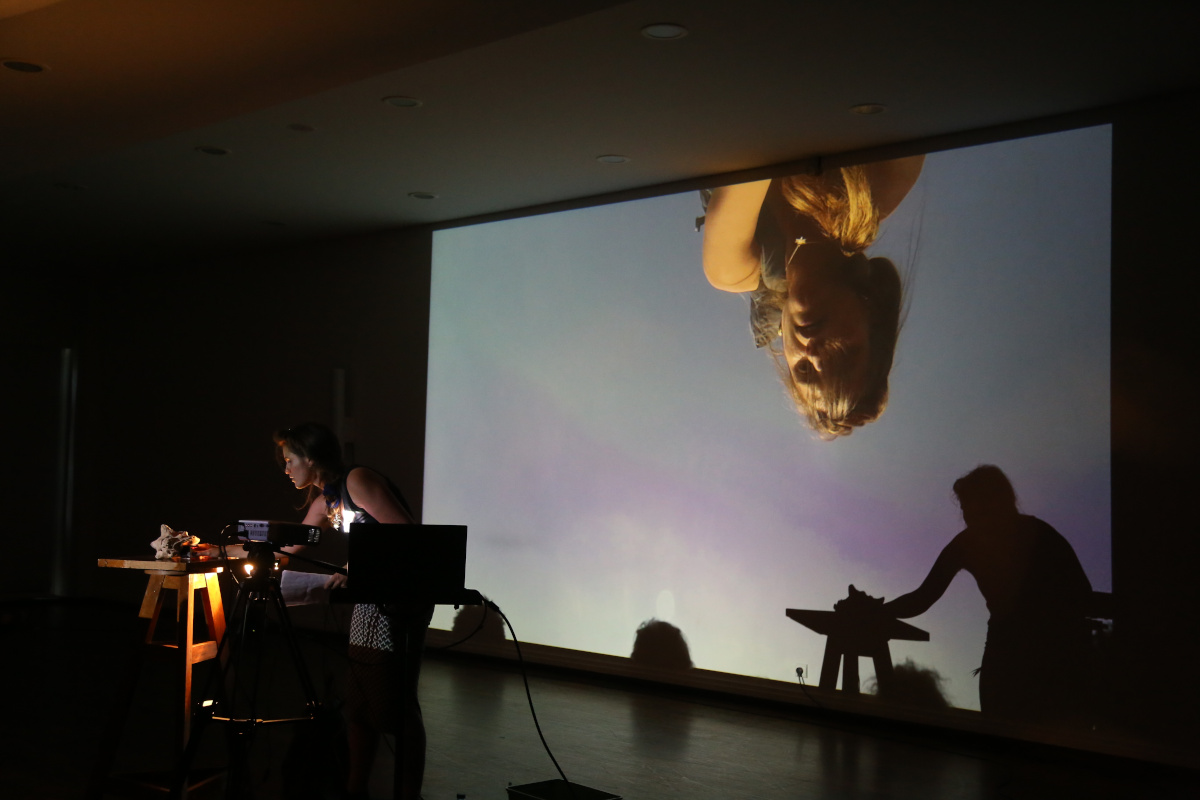
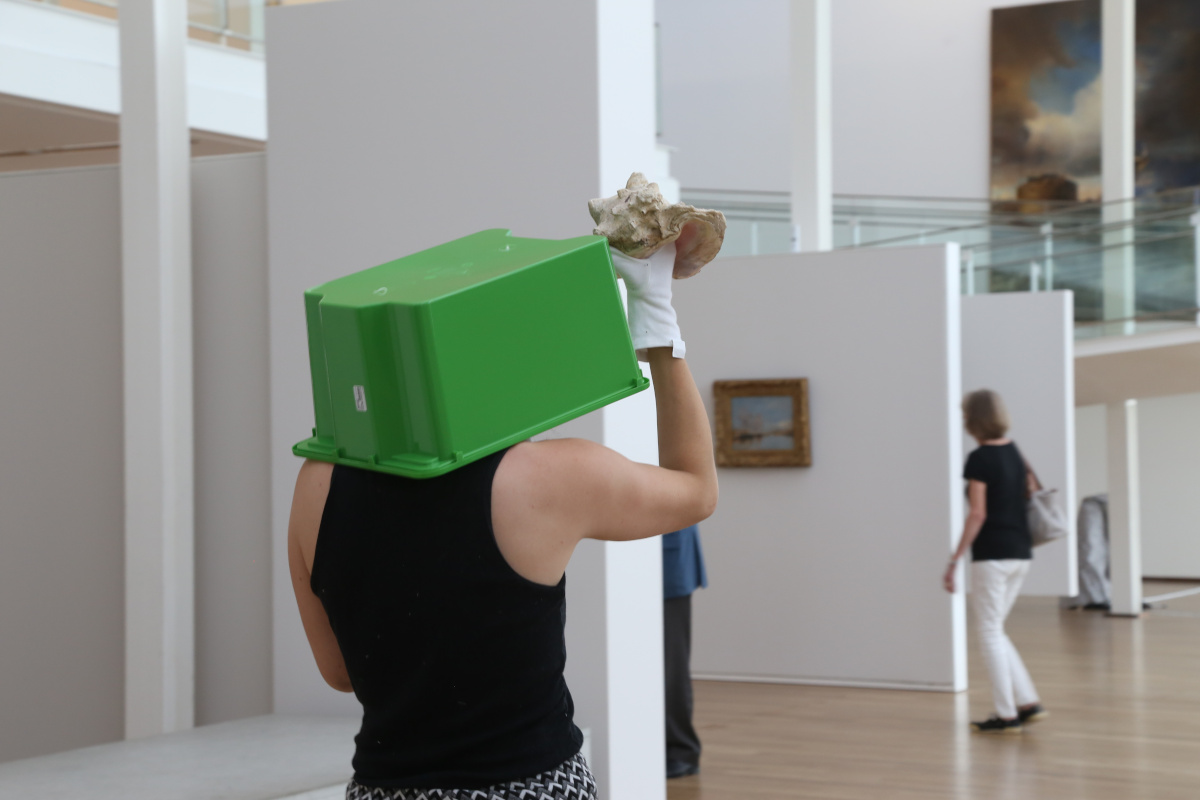
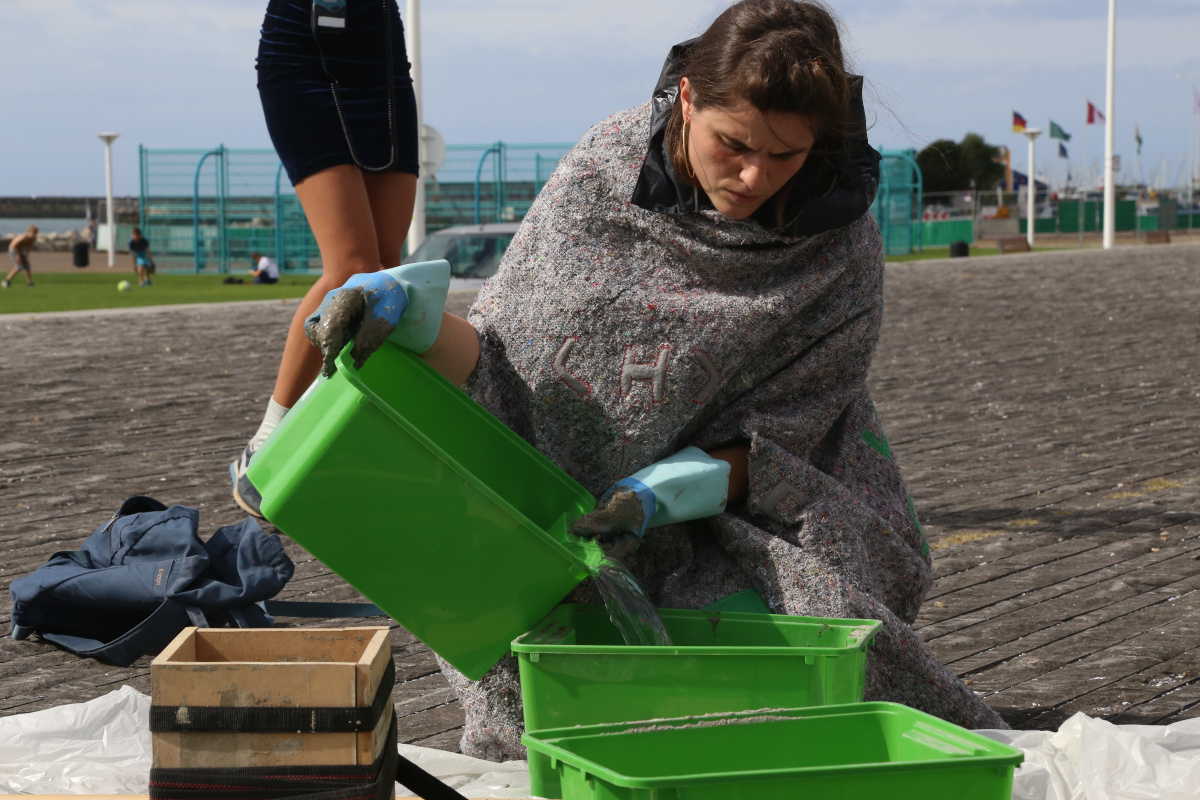
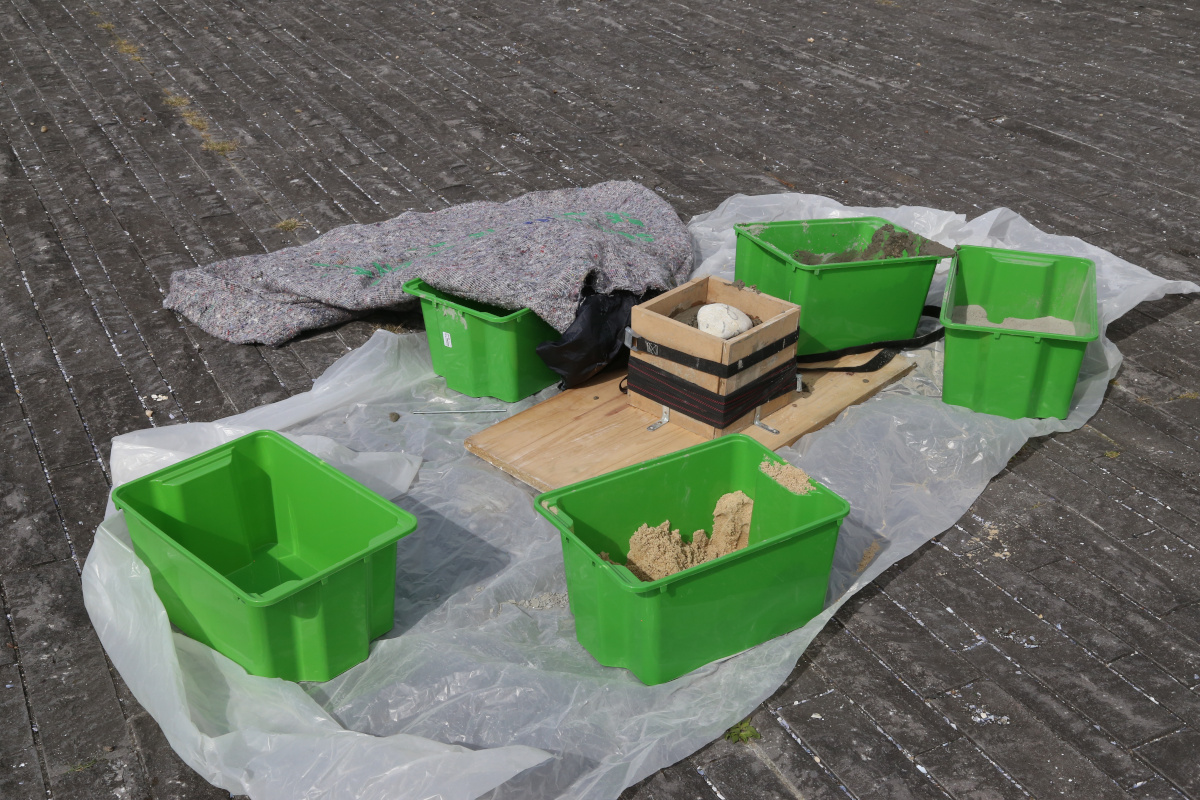
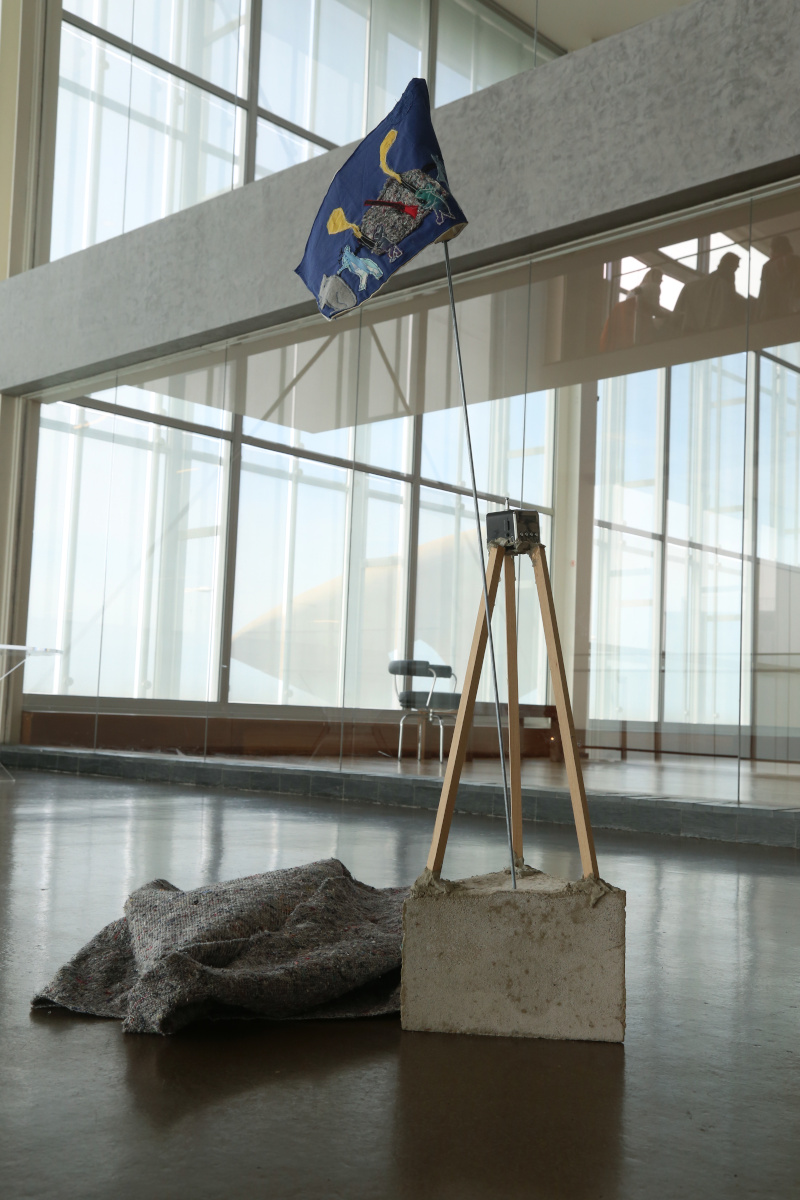
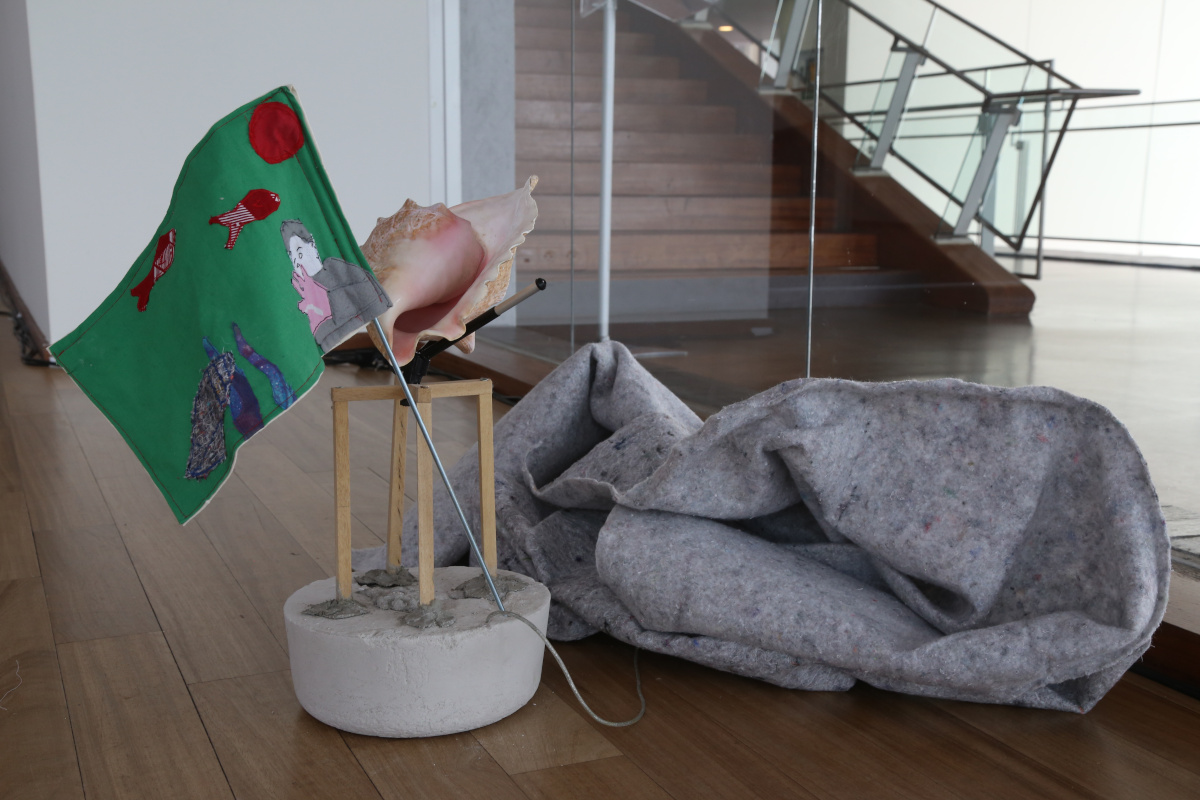
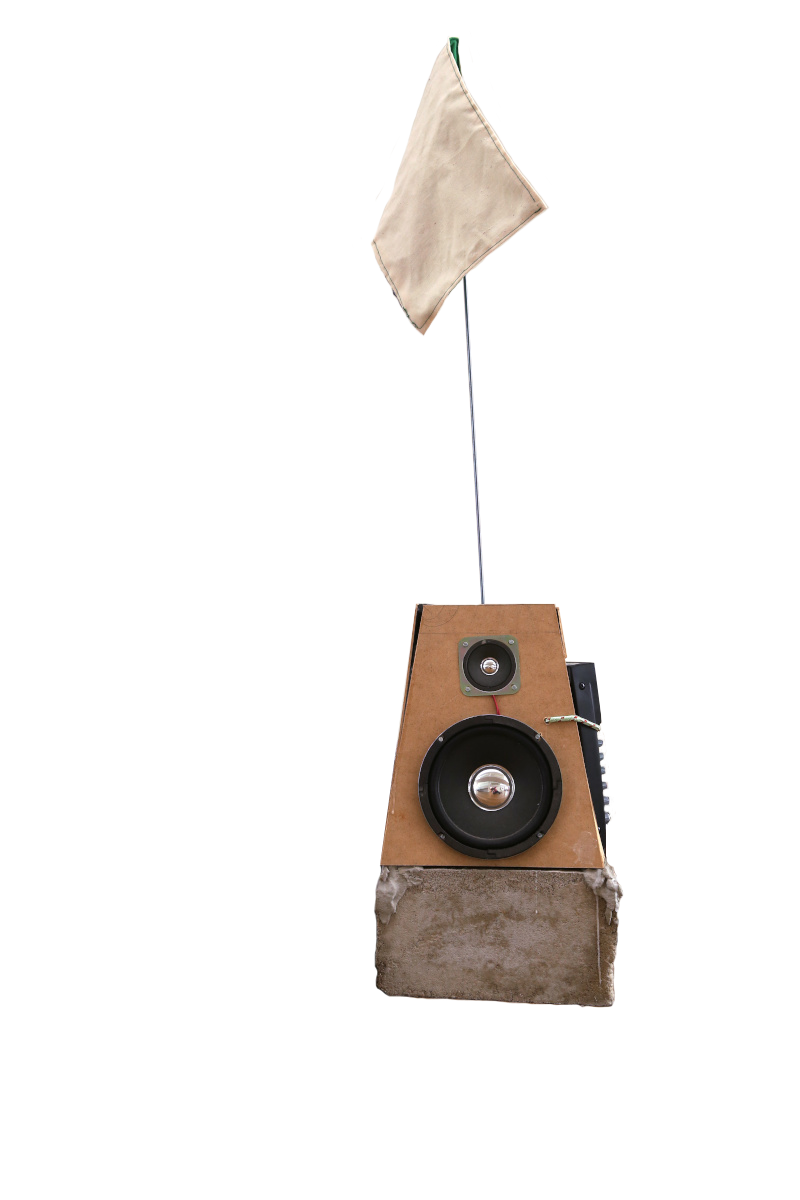
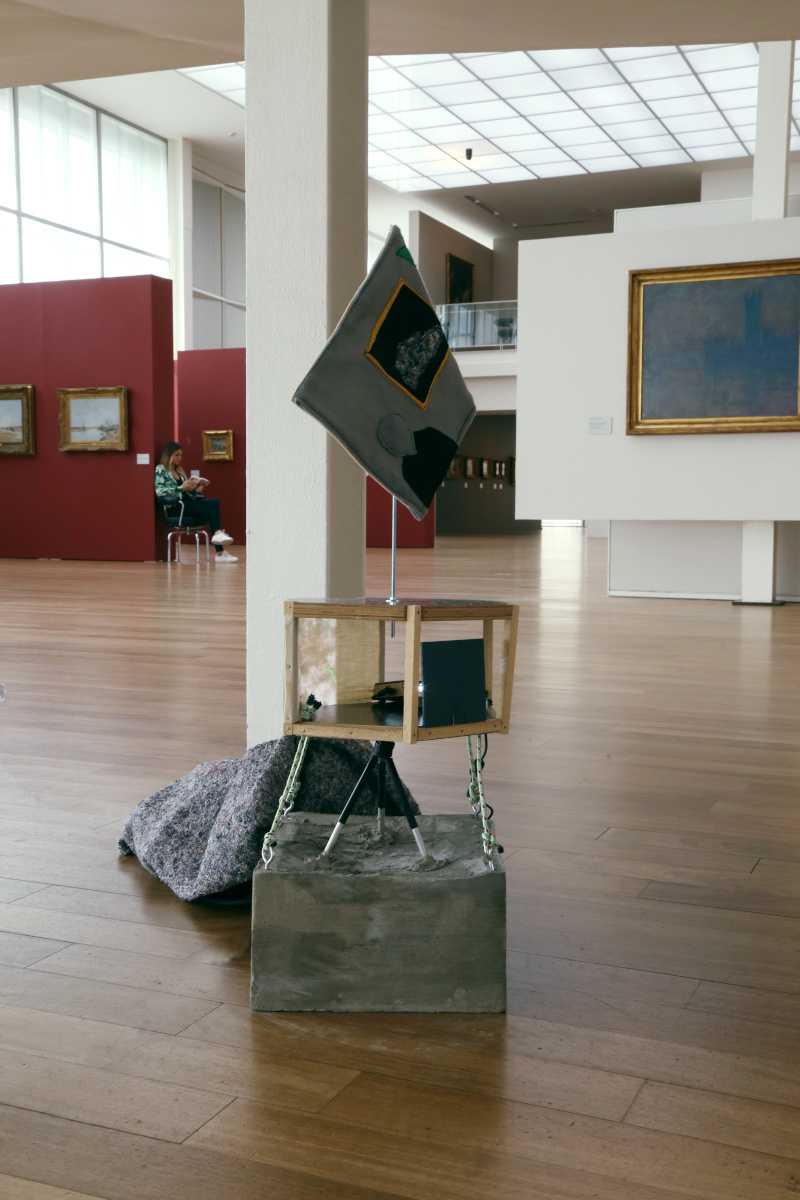
The hunter's complain
This performance and its set of sculptures took place on September 10, 2016 at the André Malraux Museum of Modern Art in Le Havre. During The Ballades Parallèles → see the sea event organized by Le Cabaret Hors Champ.
Download the performance's text : Time Rec (Fr).
Download the performance's text : Time Play (Fr).
See the video: Ballade# 6 Oh my dear Hunter, montage mnémonique.
Hunter’s Lament is the story of the making of a film, of the domestication of the world through its audiovisual capture. The hunter narrates her attempt to transmit what she finds in the experience of her wander. The hunter selects and kills her prey by extracting it from its natural environment. He frames it and keeps it. He sorts it among other things and puts it on display.
The performance is divided into 3 times.
REC is the time of the capture, of the shooting, when we don't have a complete perspective on things, it's the time of Experience. It is there, that we find the prey.
PLAY (its French translation is “lecture” which plays with the double entendre of the meaning of the word in English) is the time of projection and narrative layout. It is the recollection of the experience and its transmission to the other. It is where the prey is shown.
POWER OFF (its French translation is “Veille” which also means “wake” as in funerals) is where the story ends, the disappearance of the prey. We bury it while indicating the location. It is now hidden, protected from sight.